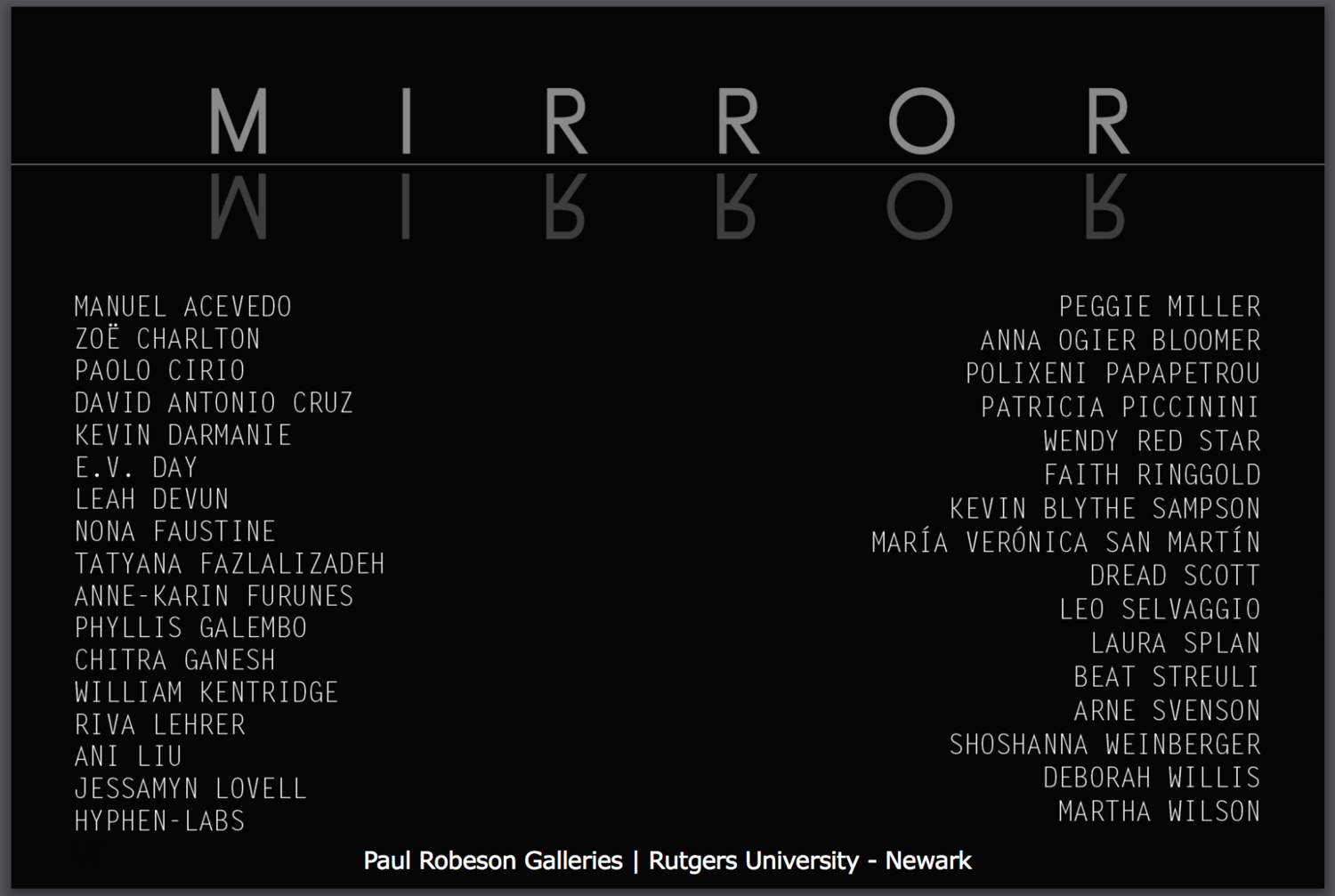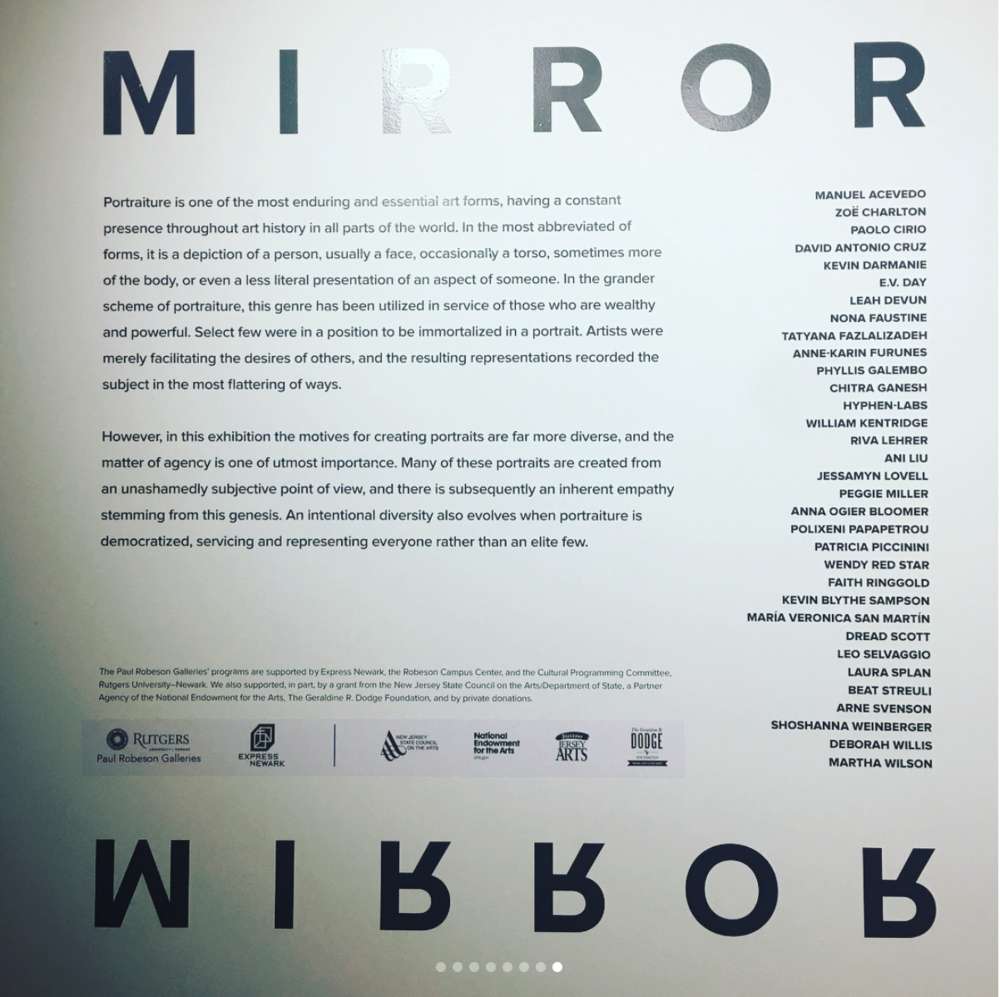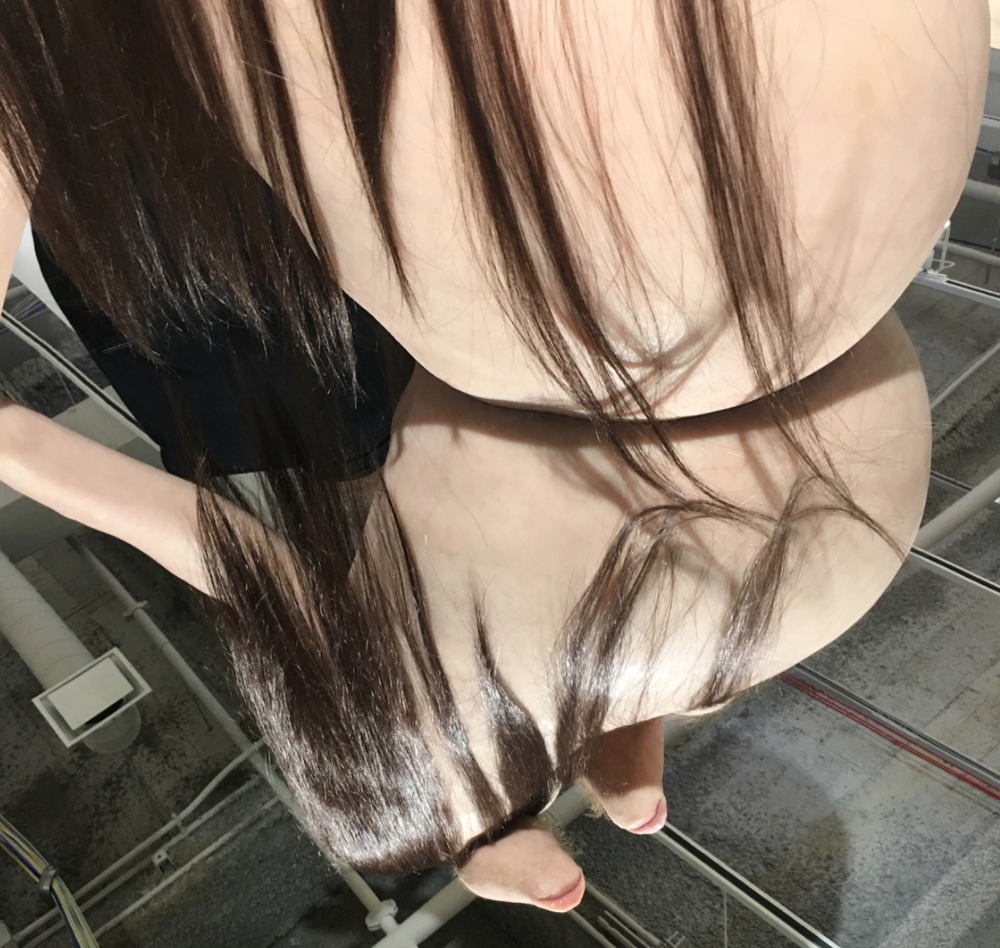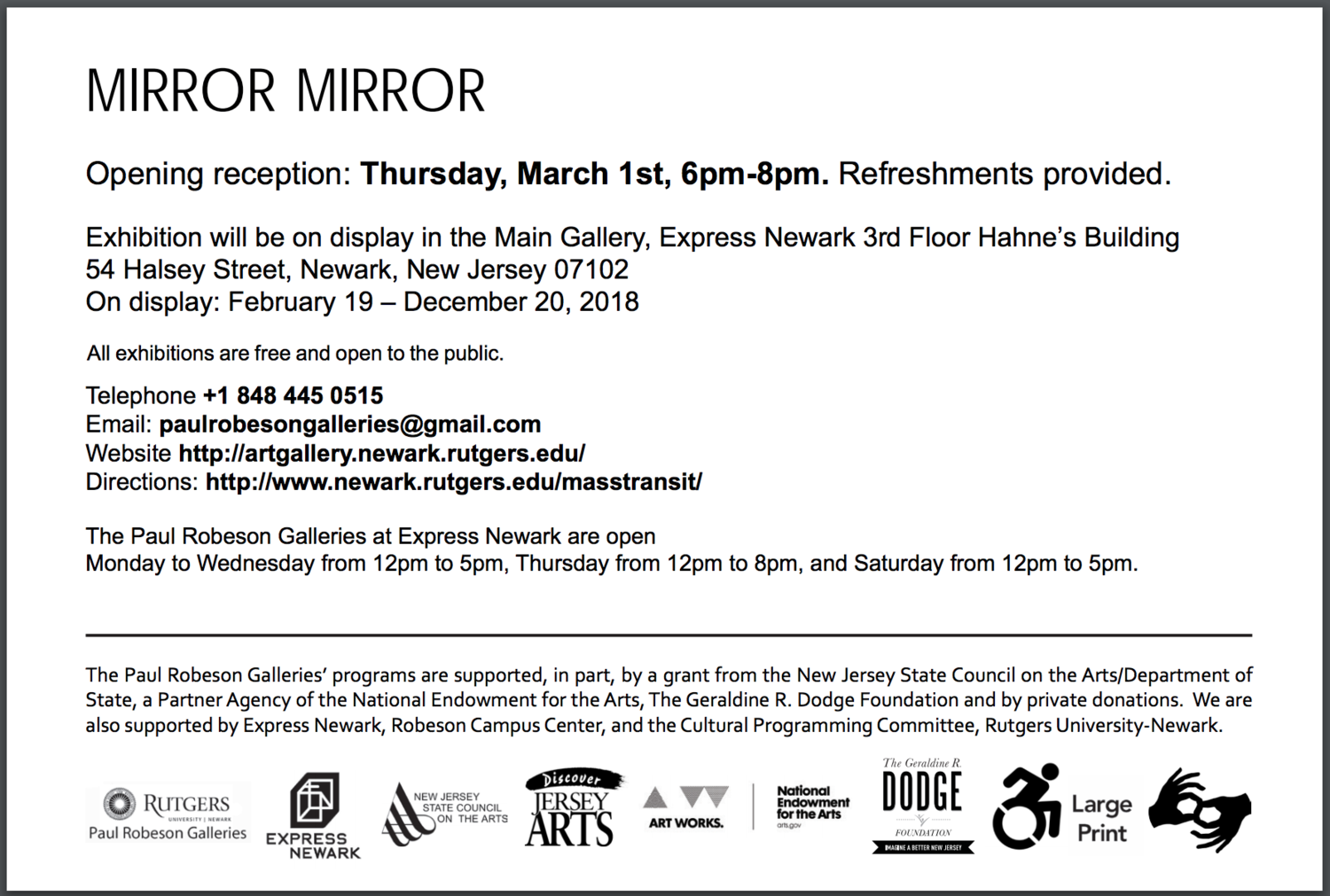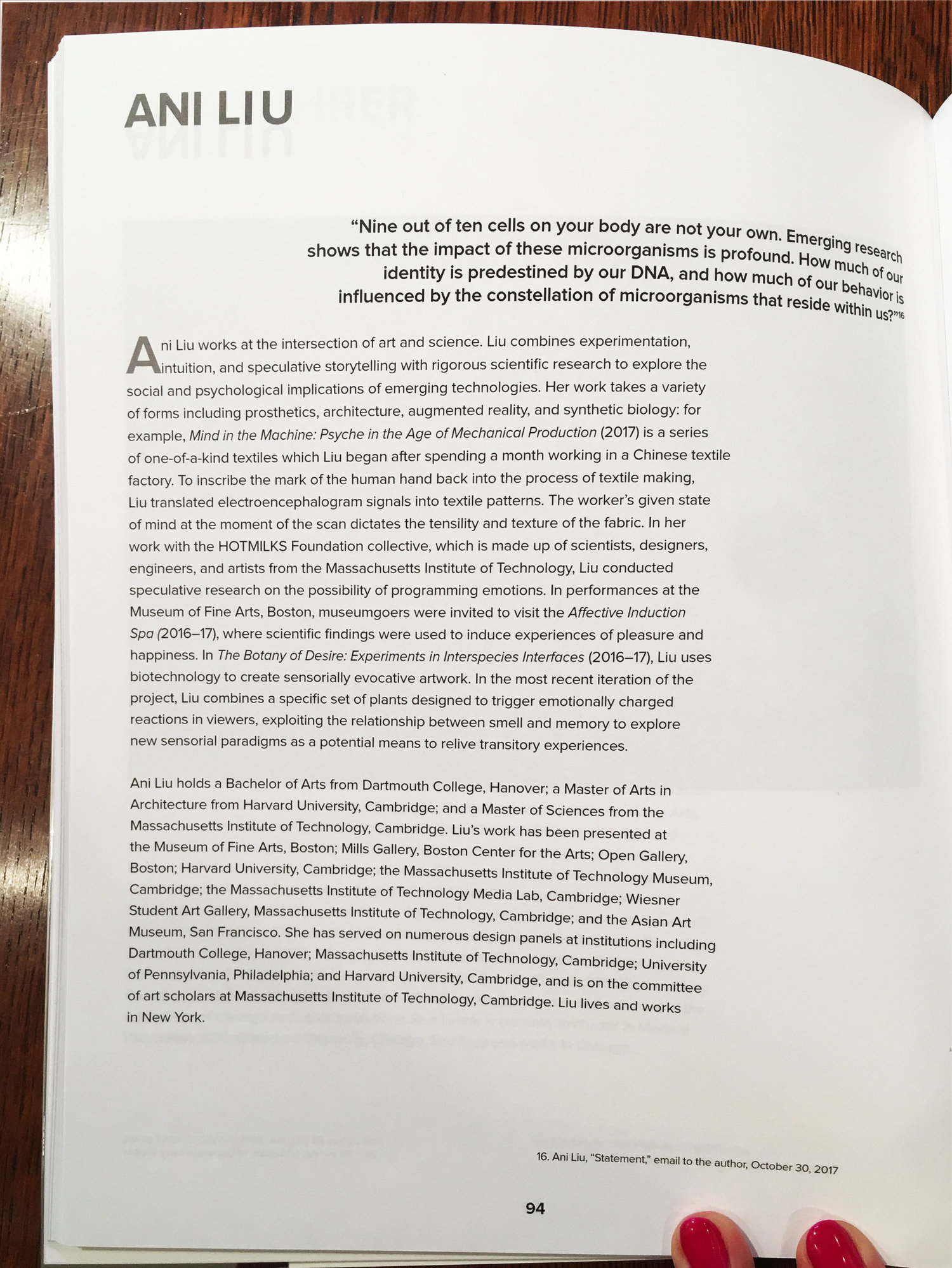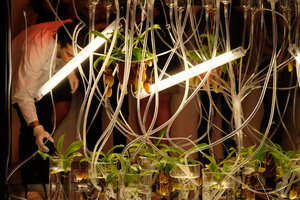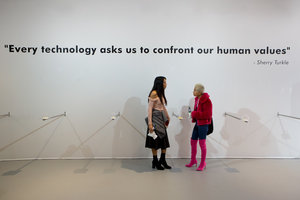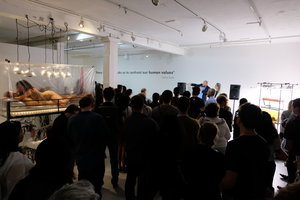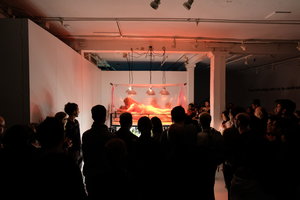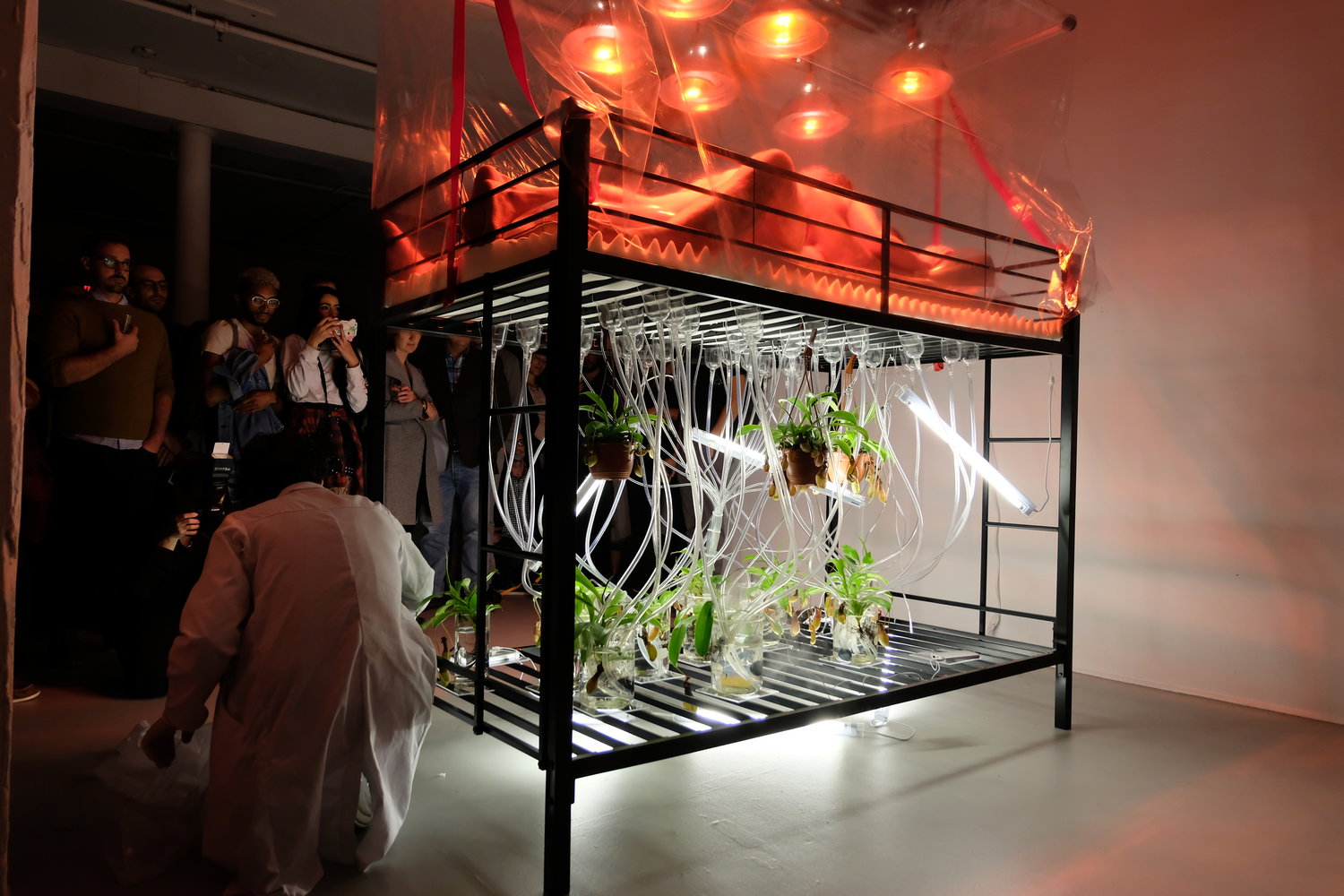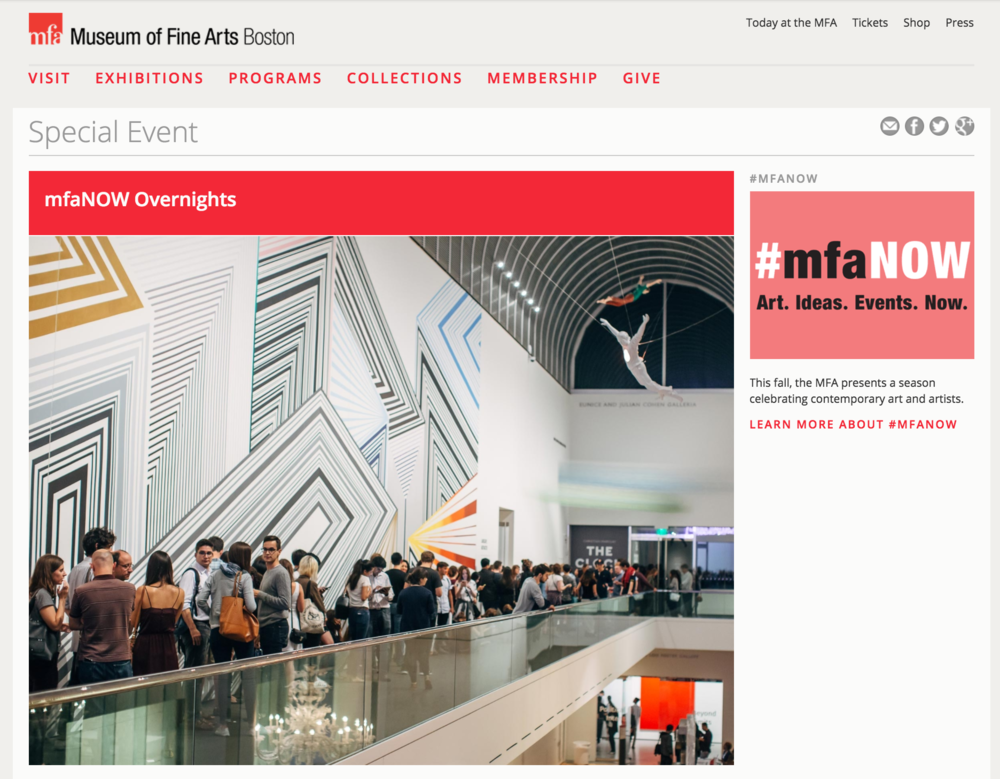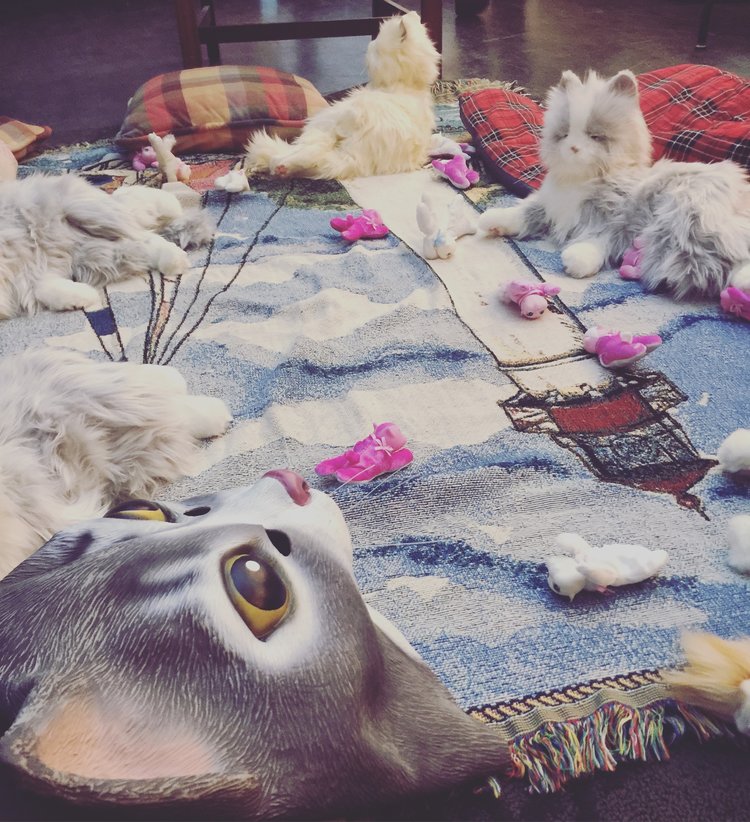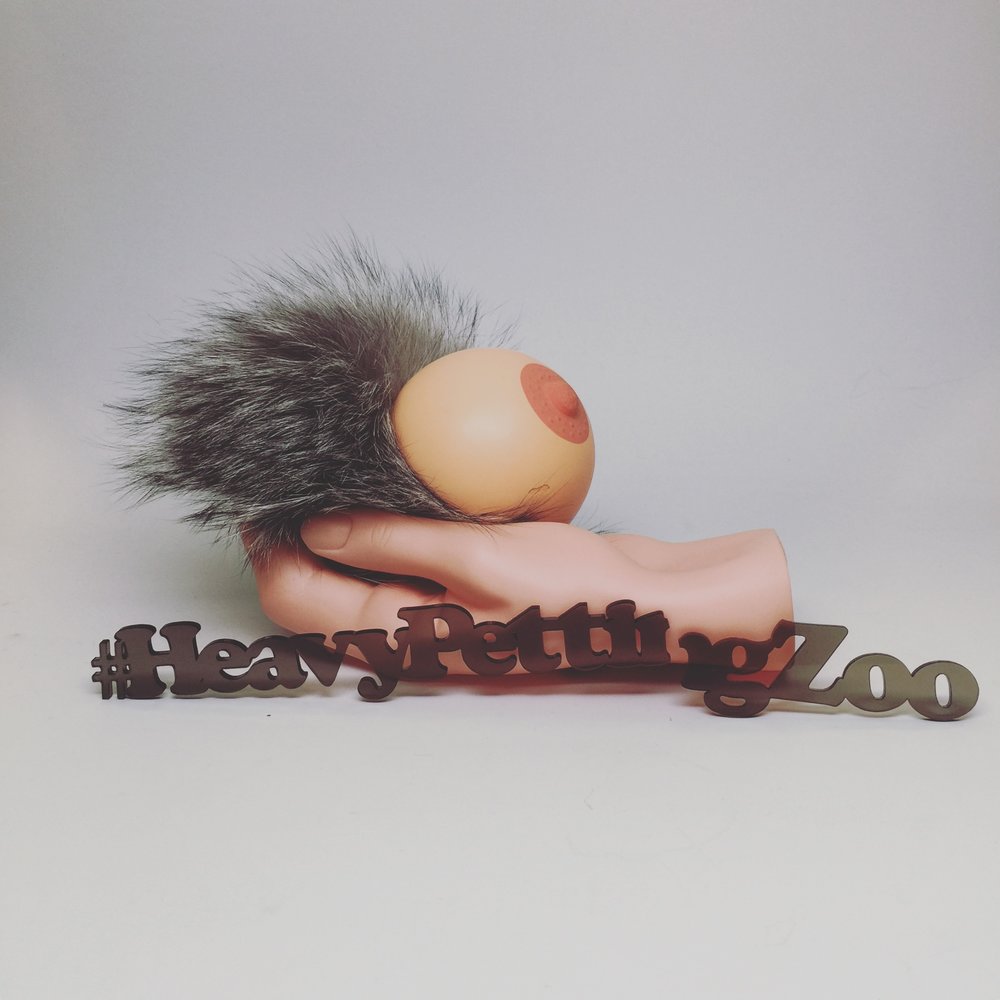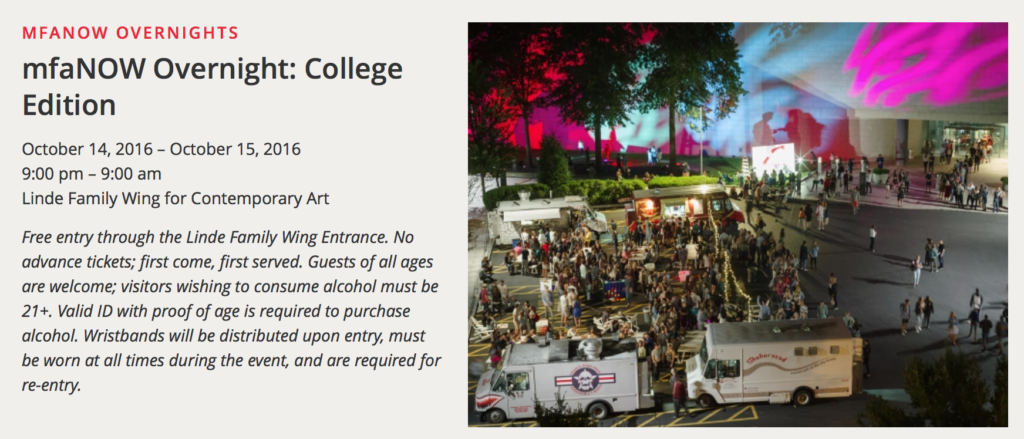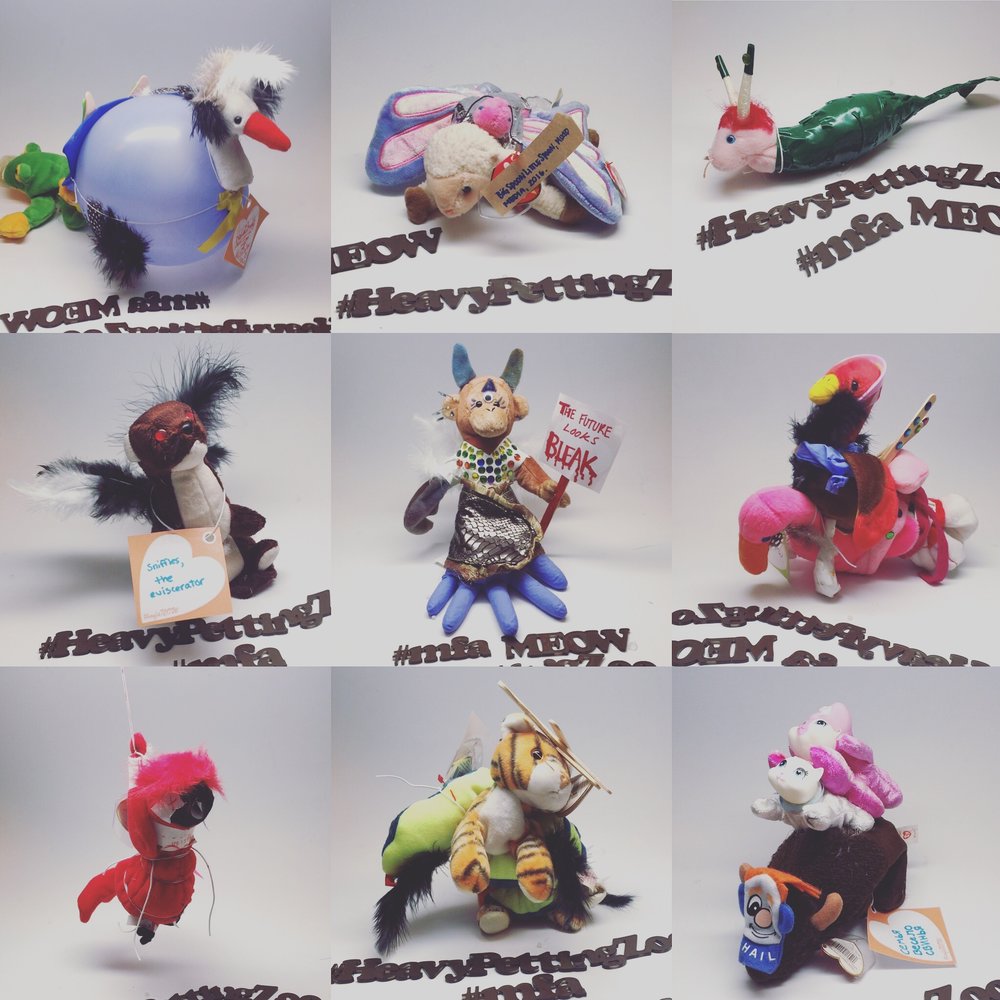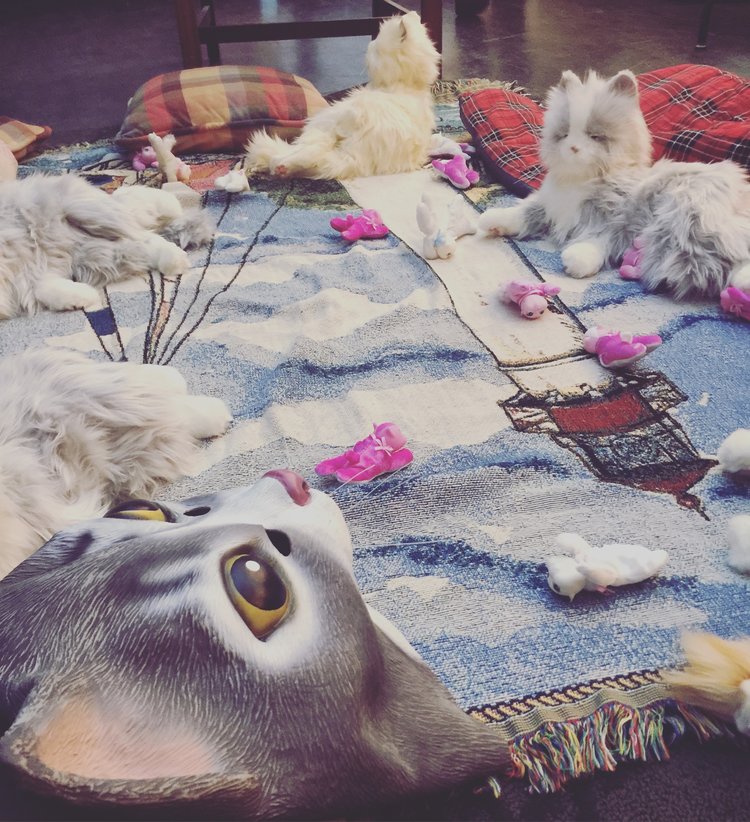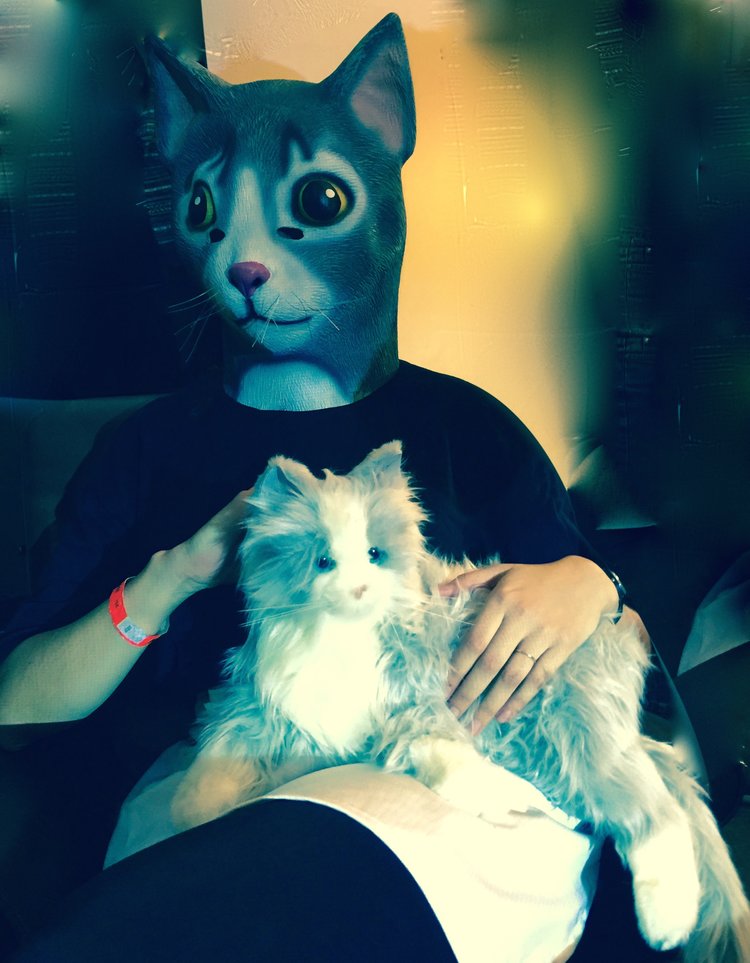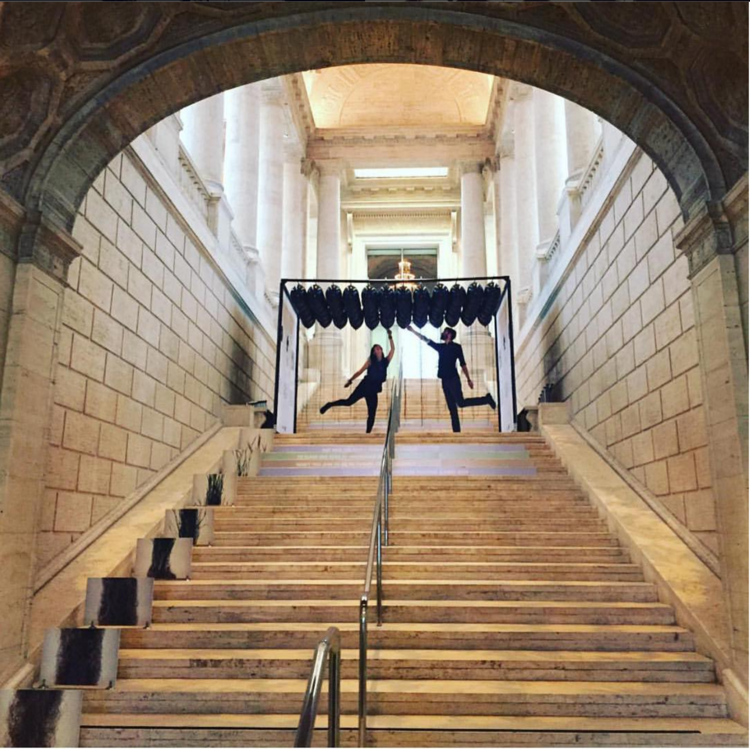Show at Chronus Art Center in Shanghai
Happy to share that I am exhibiting at Chronus Art Center in Shanghai. More details below.
http://www.chronusartcenter.org/en/cac-exhibition-entangled-biomedia/
Entangled: bio/media
2022.07.30 - 2023.02.06
Chronus Art Center (CAC)
BLDG.18, No.50 Moganshan RD., Shanghai
ARTISTS
CAO Shuyi, Mads Bering Christiansen & Jonas Jørgensen, Yunchul Kim, KU Kuang-Yi, YU Chun-LO, and TIEN Zong-Yuan, Ani Liu, Iris Xiaoyu Qu, Anastasiia Raina & HUANG Danlei & Meredith Binnette &Georgina Nolan & HU Yimei, Casey Tang, WANG Yueyue, XU Haomin, XI Lei, and Yakushimaru Etsuko
CURATED BY BI Xin, CAO Jiamin and ZHANG Ga
EXHIBITION OPENING 2022.07.30
Chronus Art Center is pleased to announce the presentation of Entangled: bio/media, a new exhibition featuring ten groups of artists, including CAO Shuyi, Mads Bering Christiansen & Jonas Jørgensen, Yunchul Kim, KU Kuang-Yi, YU Chun-LO, and TIEN Zong-Yuan, Ani Liu, Iris Xiaoyu Qu, Anastasiia Raina & HUANG Danlei & Meredith Binnette & Georgina Nolan & HU Yimei, Casey Tang, WANG Yueyue, XU Haomin, XI Lei, and Yakushimaru Etsuko. Conceived by ZHANG Ga and co-curated by BI Xin, CAO Jiamin and ZHANG Ga.
In the development of biotechnology and bioinformatics, the biological process is able to be read, measured, and researched in the formats of information, programs, and codes. Media theorist Eugene Thacker in his book Biomedia (2004) explicated this ongoing recontextualization of a life form that transitions from carbon-based to silicon-based material, as well as the converging of computer science, molecular biology, genetic codes, and computer codes. When a living entity can be interpreted as a medium, the biological process of corporealizing itself is “a process of mediation,” which resonates with Thacker’s principal concept in his media theory that regards mediation as a necessary process for the formation of mediums. From this point of view, a biological system does not function in a reductive manner that would resort to the mechanical Newtonian paradigm. Instead, it evolves in nebulas, myriad particles and related situations that require living organisms to “exist in time, be modulated according to different contexts and situations.”
Entangled: bio/media further explores this condition by rethinking the notion of biomedia. Whereas all entities are in the constant process of grasping and adapting to an unpredictable entropic cosmos, the fluctuating, evolving, and compilable materiality of nature is also reflected in the organization and execution of information, programs, and codes. A unique perspective for the exploration of the biophilic properties of artificial intelligence, electronics, algorithms, and informatics is of great importance. The exhibition Entangled: bio/media is conceived as a contemplation and enactment of this perspective.
The exhibition not only elevates and liberates bioart from an art discipline that works primarily with bacteria, genetic, or transgenic material via technological means, but also responds to urgent contemporary inquiries including transformative substrates and the definition of life, the shifting paradigms of the evolving natural process, the emerging agency mediated by both the biological and technological milieus, and the yearning for a symbiotic relationship between physical beings (so-called nature), technical beings (the artificial namesake), and psychic beings (living things), in order to rethink a Simondonian concept in a post-human world order.
The participating artworks will be unveiled progressively throughout the exhibition’s four chapters. The first chapter, Transcoding, explores the intelligence and rhythm of life embodied in inorganic matters (CAO Shuyi), the feedback loop between the plasticity of consciousness and technological iterations (Ani Liu), and the mobility, collaboration, and flow of energy across various species (Anastasiia Raina & HUANG Danlei & Meredith Binnette & Georgina Nolan & HU Yimei). This chapter not only explores whether emotion, perception, and subjectivity can be produced and shaped through codes, devices, and labs, but it also pictures the future bonds between human and non-human entities from the perspective of biocentric design, calling for an open intelligent machine ecology that incorporates reciprocal aesthetics and planetary thinking into Artificial Intelligence and Machine Learning.






